From tiny towns to beachside suburbs, neighbours are getting organised, predators are getting caught, and that sought-after dawn chorus is getting a little louder. With funding from the Simplicity Foundation, community groups across the country are gearing up with traps, tools and shared purpose to engage their community in the growing predator free movement.
Groups funded by region
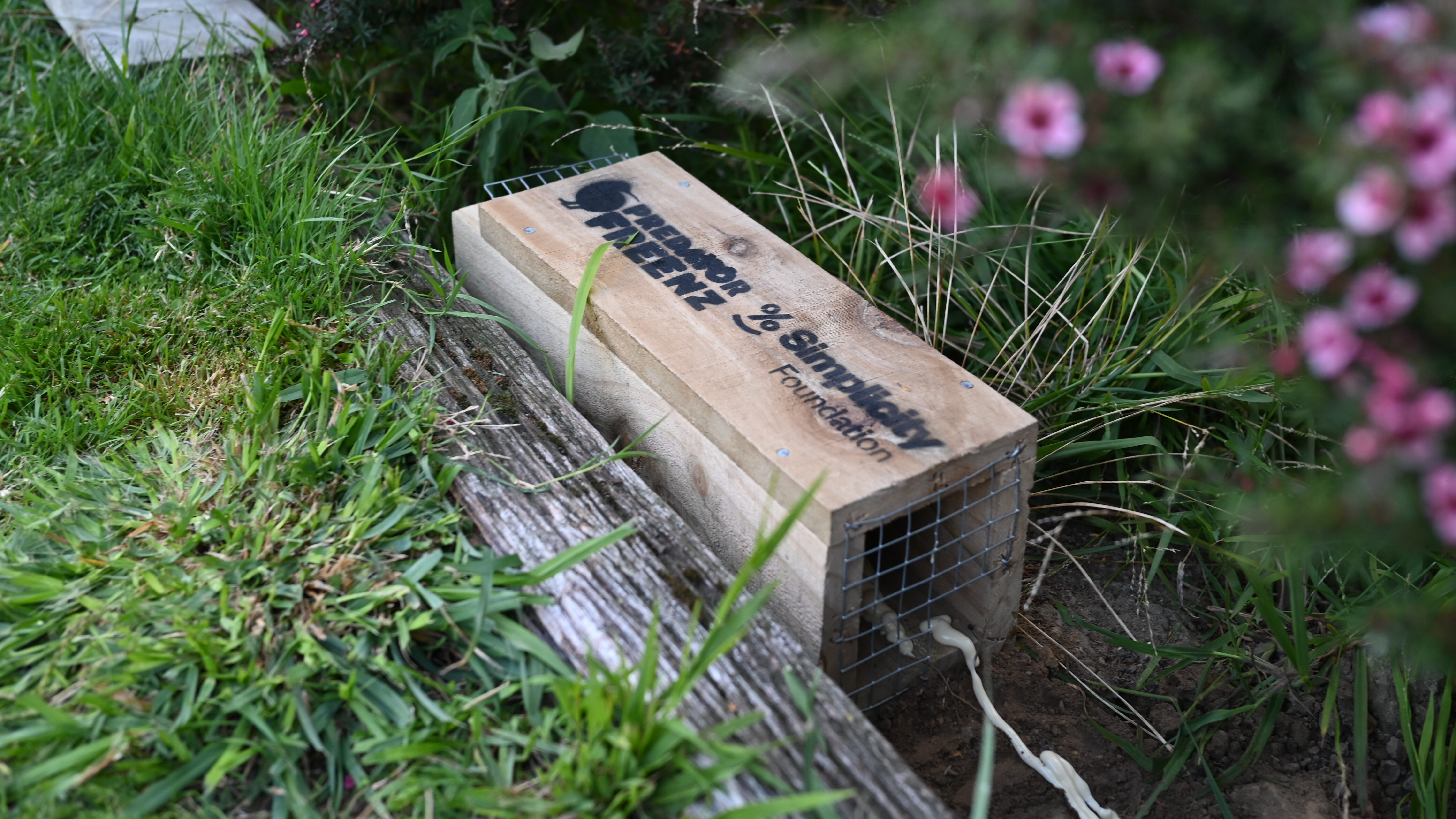
Auckland
Pest Free Snells
Pest Free Snells has racked up more than 2,400 predator catches across over 400 traps — many in local backyards and along bush and shoreline traplines. This dedicated group of volunteers is helping lead the effort to build a ‘virtual fence’ and buffer zone across Snells Beach, north of Auckland. The aim is to stop predators in their tracks and protect native wildlife like the tūturiwhatu (NZ dotterel), which fledged five chicks on the beach this year — one of the group’s “proudest achievements”.
Funding will help boost backyard trapping and support community hubs like the library and tennis club to join the mission.
Predator Free Waitākere/Swanson
Predator Free Waitākere/Swanson is on a mission to turn backyards into safe havens for native wildlife. Their work covers over 8,000 hectares and creates a crucial buffer for biodiversity hotspots Ark in the Park and Matuku Link, west of Auckland city.
They’re getting locals on board with affordable traps, a ‘Trapper of the Month’ contest, and a steady dose of community spirit via social media and events. But demand is growing, and they need more traps to keep up. With extra funding, they can get more people trapping.
Gisborne
Mangaparae Papakainga Trust
This small rural community is on a mission to restore native life — from kererū and tūī to weka, snails, and ngutukākā. Locals are planting trees, setting traps, and working together to create a thriving, predator-free backyard network.
With support from the local marae and kura kaupapa Māori, Mangaparae Papakainga Trust is community-led, rangatahi-powered, and grounded in mātauranga Māori.
Traps will be distributed on a koha basis, with whānau pitching in on planting days and education events to restore the mauri of their whenua.
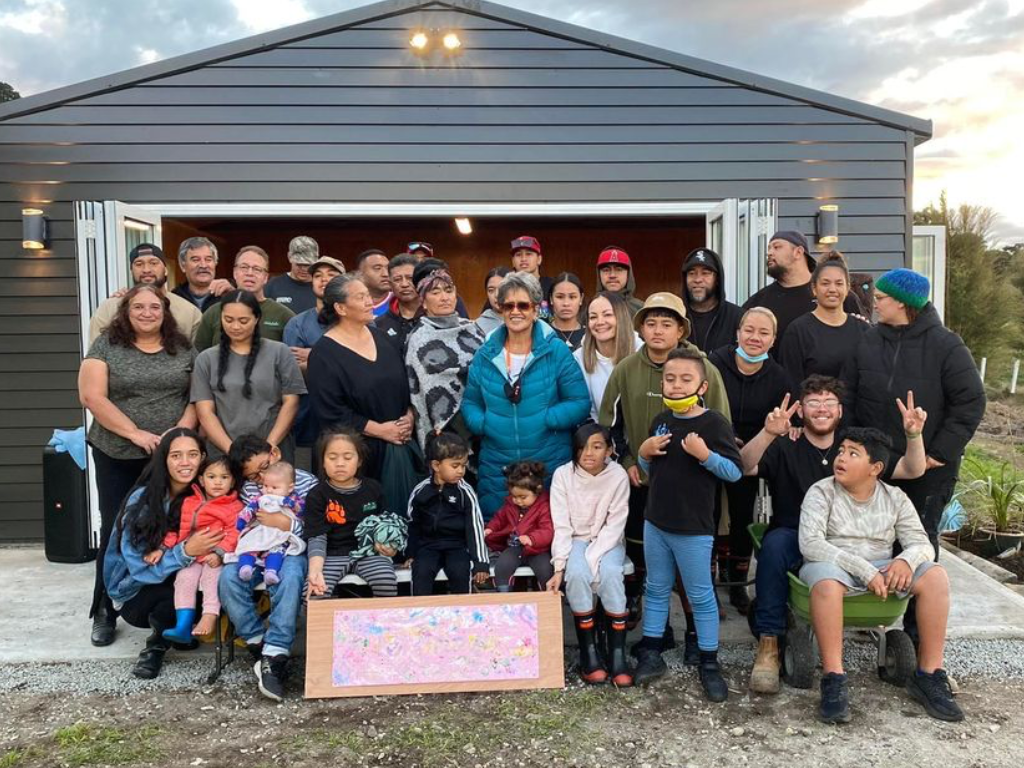
Tairāwhiti Environment Centre
Traps are flying off the shelves at the Tairāwhiti Environment Centre. This hub is the go-to for everything sustainable and environmental in Gisborne, with more than 5,000 people through its doors every year looking for predator traps, sustainability workshops, advice, volunteer opportunities, or recycling.
Backyard traps are one of their most popular projects, protecting veggie gardens and native species. However, they are running low on supplies after six years and a cyclone that buried many traps in silt. To keep supporting backyard trappers, they will use funding to restock.
Waikato
Kinloch’s Bring Back the Birds Group
With bush reserves on all sides, pests constantly spill into the Kinloch basin on the shores of Lake Taupō — but a growing backyard trapping movement is pushing back. Locals connect on Facebook, swap stories, share catches, and build traps together at the community hall. Kinloch’s Bring Back the Birds offers traps to new property owners, holidaymakers and long-time residents.
With tūī, kererū and quail showing up in gardens, birdlife needs help. One backyard trapper has caught 68 possums, and many more are joining the effort to make Kinloch a haven for native species.
Manawatū
Wildlife Foxton Trust
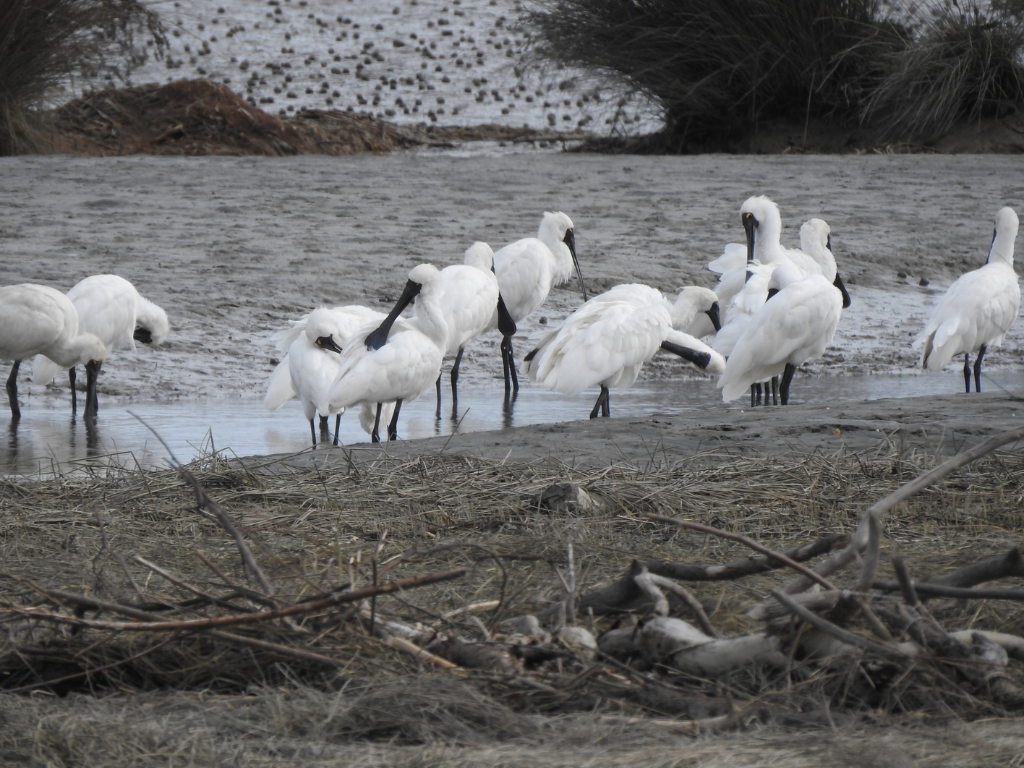
Foxton attracts people for all sorts of reasons: homegrown soda Foxton Fizz, a 17th-century windmill replica, an award-winning museum of Māori arts, and even a wakeboard park. But its biggest treasure is the Manawatū Estuary, a wetland of international significance, where a whopping 93 bird species can be found.
A cohort within Wildlife Foxton Trust is keen to get 40 homes on the edge of the Manawatū Estuary trapping predators in their backyards to create a buffer zone around the estuary, and this is just the start. With funding, they can expand and meet rising demand from local residents eager to protect the RAMSAR–status habitat.
Wellington
Predator Free Te Horo
Not to be outdone by their seaside neighbours, Friends of Te Horo Beach, the inland Te Horo community has launched their own predator free movement.
With a close-knit community and plenty of enthusiasm, they’re setting out to clear the village of rats and mice, creating a pest control zone stretching from the sea to the foothills of the Tararua Ranges.
Funding will get traps into the first 30 households, kickstarting a community-wide effort. If you’re interested in getting involved, you can email them.
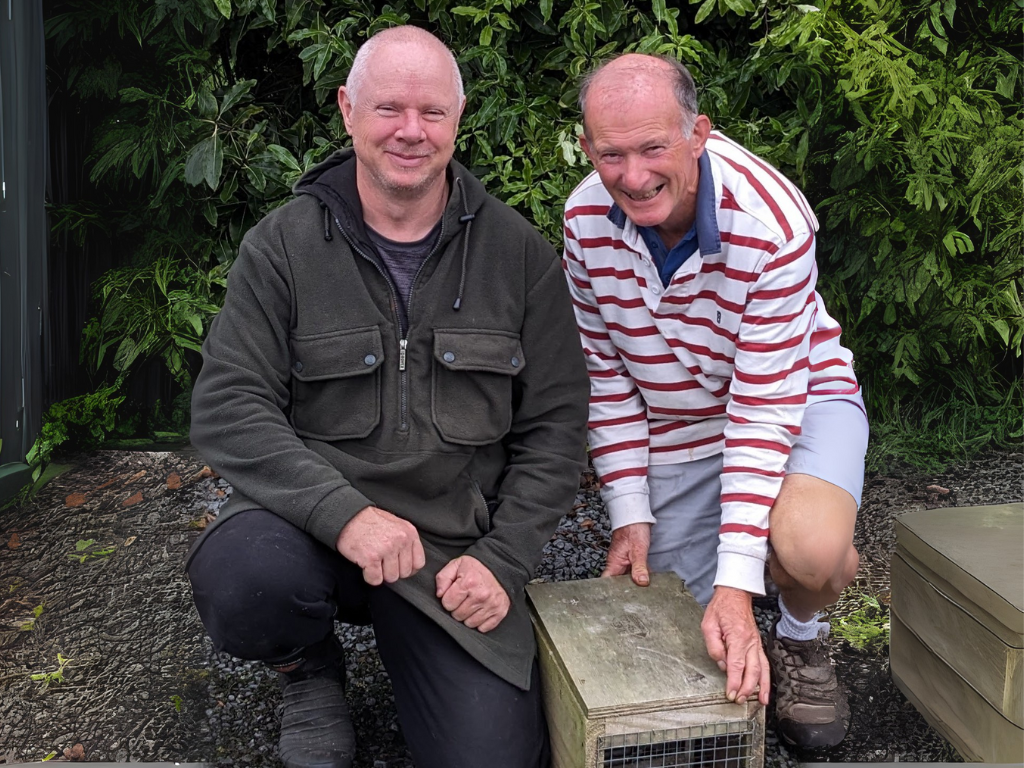
Predator Free Rānui
Started in 2018, Predator Free Rānui in Porirua needs a reboot. Momentum stalled with people moving away and COVID disruptions, but three devoted locals are determined to bring it back to life. They are rallying the community to get trapping again, with funding giving the group new life.
The predator free movement is catching on in Porirua, with Rānui joining ten other communities ramping up efforts.
Predator Free Titahi Bay
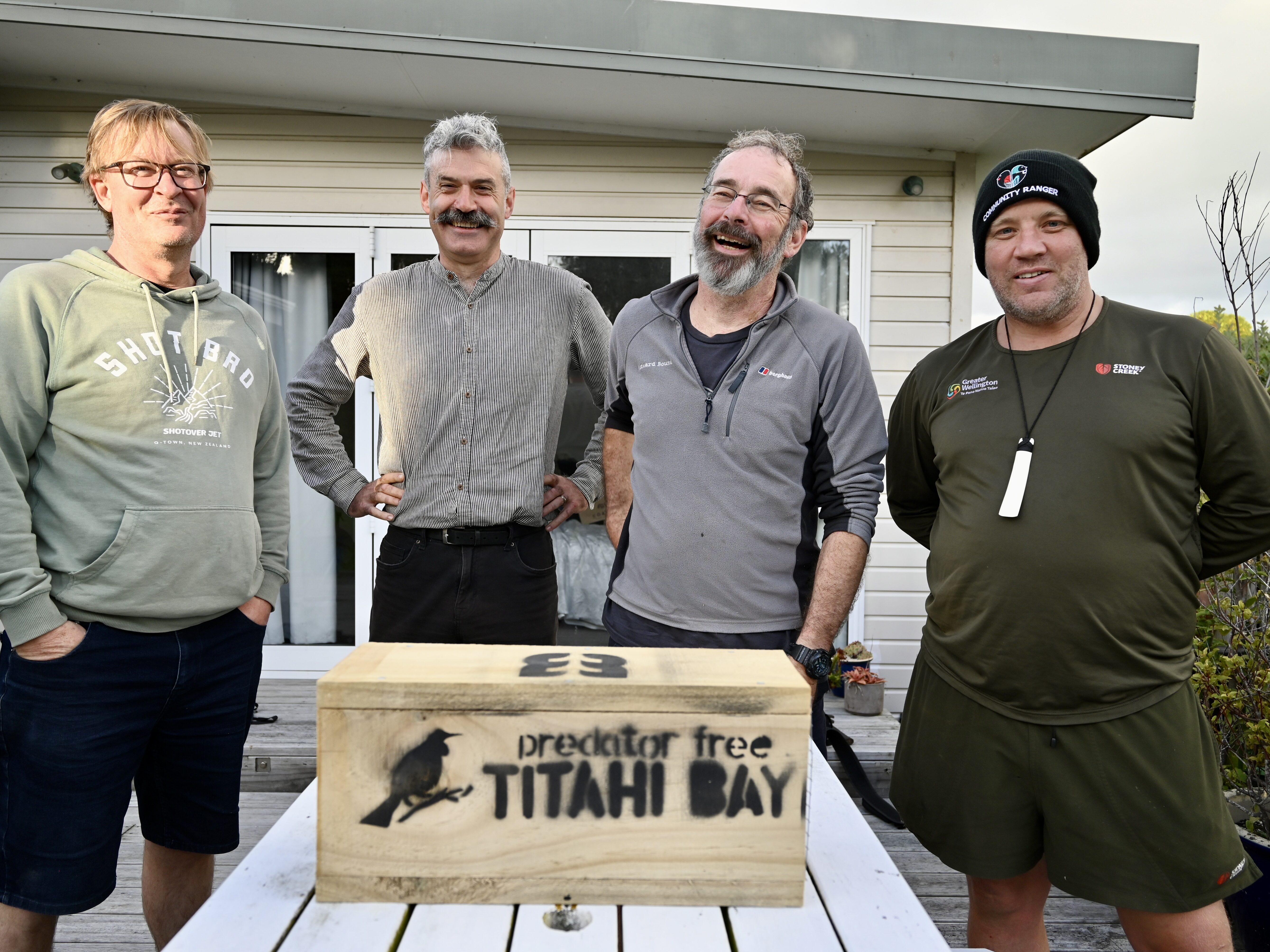
Predator Free Titahi Bay operates on a simple formula: get a trap, catch and report, and invite your neighbours to join. The coastal community near Porirua enjoys seeing tūī, korimako (bellbird), kārearea and shorebirds, but the dream is to see kākā return to breeding in the area after a 100-year absence.
The group’s work to install traplines through reserves and local parks has gone gangbusters in the last few months.
There are 350 traps in backyards, but the group is determined to double this number. Funding will reinvigorate the focus on backyard trapping to bring down rat numbers.
Canterbury
Predator Free Waimate
A budding fenced eco-sanctuary on the outskirts of rural town Waimate is calling on locals to help build a backyard trapping halo. Since 2019, volunteers, school groups, and businesses in Waimate have helped restore the free, public-access Point Bush Ecosanctuary through planting and predator control, and now it’s time to extend that care beyond the fence.
With support, the Waimate community can scale up efforts at home, and residents can protect native wildlife right in their own gardens.
Predator Free Timaru
A small but determined crew is deploying a plan to make Timaru safe for birds, bugs, and lizards — all while creating a more connected community. The plan starts with the residents living around the Scenic Reserve, a popular green recreation reserve that was heralded as a wildlife sanctuary when it opened more than 80 years ago but is now overrun with possums, rats, hedgehogs, and mustelids.
Once the residents around the reserve are regularly trapping, Predator Free Timaru plans to spread out to the golf course, the port, and beyond, creating urban halos around green spaces and a more tight-knit community. The dream is to see tūī and kererū in backyards, not just in parks.
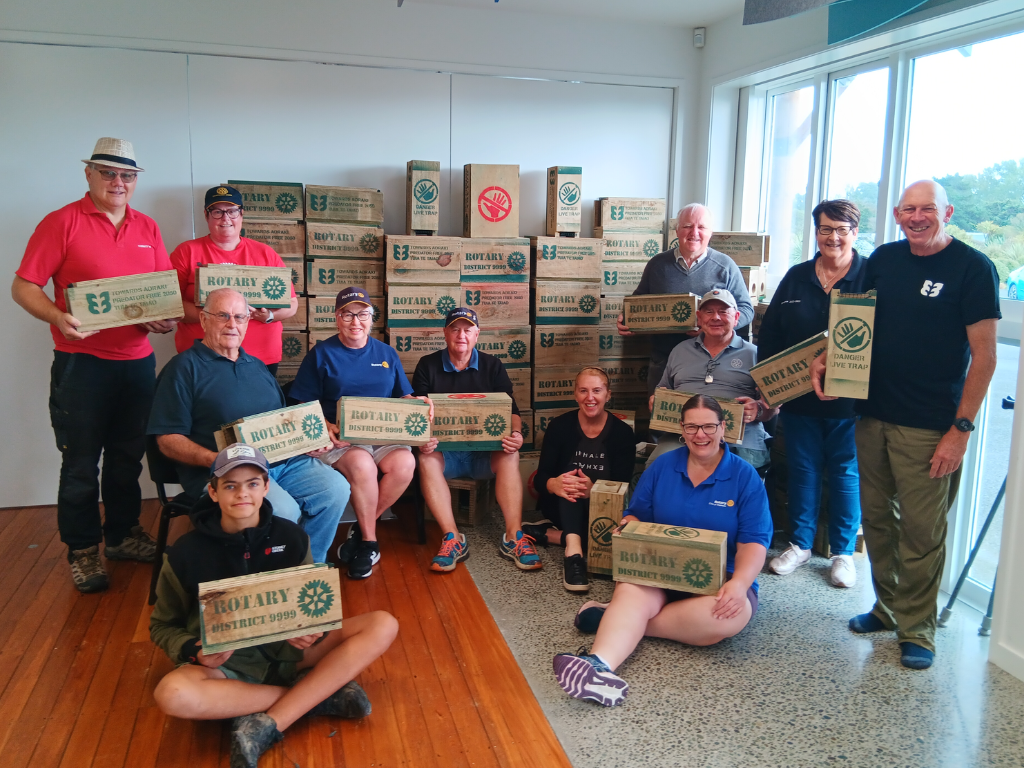
Central Otago
Predator Free Cromwell

Excitement recently rippled through the Cromwell community when a pūteketeke (crested grebe) nested on a local river inlet — a hard-won reward after a bunch of work trapping predators and building floating nesting platforms.
Launched in January, Predator Free Cromwell wants to harness the momentum and the community’s existing efforts. The group is starting with a targeted campaign to reduce the rat population.
Funding will help source the tools and traps to turn the community passion into an effective and long-lasting project.

